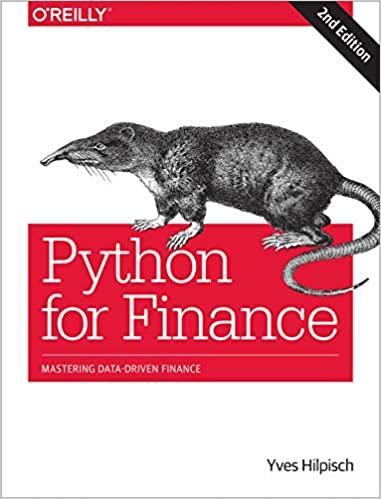
Page 308 in text: 9-26 Controls and Objectives (12 marks) The following are errors or fraud and other irregularities that have occurred in Fresh Foods Grocery Store Ltd., a wholesale and retail grocery company. 1. The incorrect price was used on sales invoices for billing shipments to customers because the incorrect price was entered into a computer file. 2. A vendor's invoice was paid twice for the same shipment. The second payment arose because the vendor sent a duplicate copy of the original two weeks after the payment was due. 3. Employees in the receiving department stole some sides of beer. When a shipment of meat was received, the receiving department filled out a receiving report and forwarded it to the accounting department for the amount of goods actually received. At that time, two sides of beef were put in an employee's pickup truck rather than in the storage freezer. 4. During the physical count of inventory of the retail grocery, one counter wrote down the wrong description of several products and miscounted the quantity. 5. A salesperson sold several hundred kilograms of lamb at a price below cost because she did not know that the cost of lamb had increased in the past week. 6. On the last day of the year, a truckload of beef was set aside for shipment but was not shipped. Because it was still on had, it was counted as inventory. The shipping document was dated the last day of the year, so it was also included as a current-year-sale. For each error or fraud and other irregularities, identify at least one control that was absent, and the objectives that have not been met (occurrence, valuation, accuracy, completeness, cut-off, classification) OBJECTIVE(S) NOT MET CONTROLS NOT IN PLACE 5 Page 1 of 2 Page 343 in text: 10-29 Professional Judgement (8 marks) Sidhu, a public accountant, is planning his first audit of Microservices Ltd., a local retailer of computers and related products. Microservices is a new company, and this is the client's first fiscal year of operations. The owner has explained to Sidhu that she wants an audit from the beginning of the fiscal year and for the next several years so that she can build a credible financial track record. She then plans to make a public offering of shares, when market conditions are favourable. Sidhu recommended to the company (which the owner accepted) that the applicable accounting framework to be used should be ASPE. Because the company is small and has few employees, Sidhu decides to ignore the company's internal controls and rely solely on substantive tests of transactions and balances in this first audit engagement. Sidhu believes that this approach will allow him to perform an audit at minimum cost, and hence charge a minimum audit fee. In alter years, as the client's systems become better developed, Sidhu plans to modify his audit approach to incorporate some reliance on the client's internal controls and thereby reduce his level of substantive testing. Before beginning the audit, Sidhu discusses this audit plan with the owner, who fully agrees with Sidhu that this is the most efficient way to proceed, given the circumstances. A. Assess Sidhu's actions, using Canadian auditing standards. (3 marks) B. What judgement traps do you think Sidhu fell into? (3 marks) C. What recommendations do you make so that Sidhu can improve the quality of his judgements and decisions? (2 marks)








